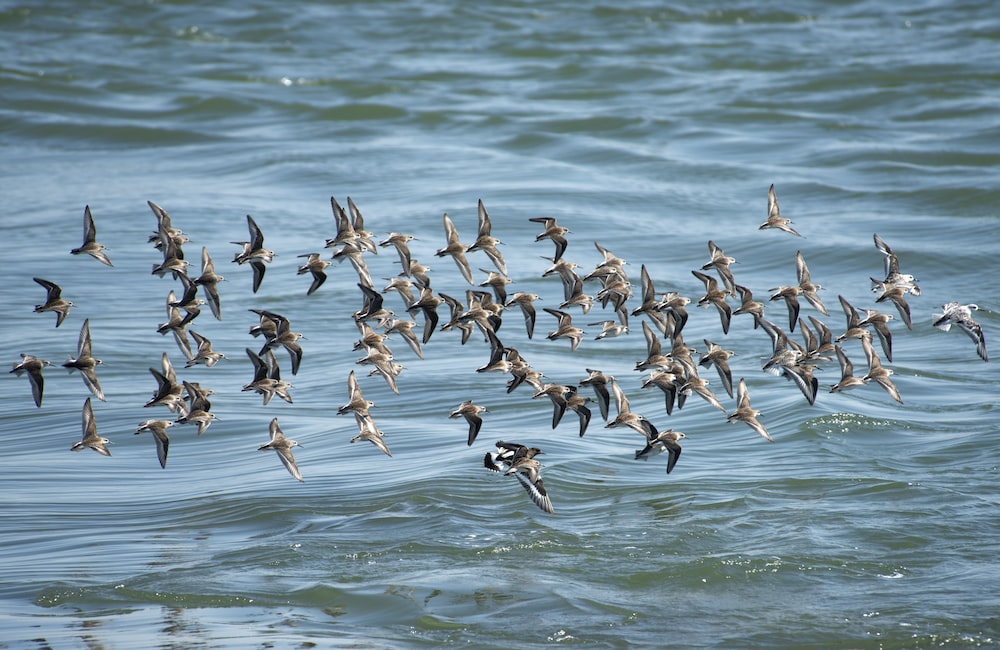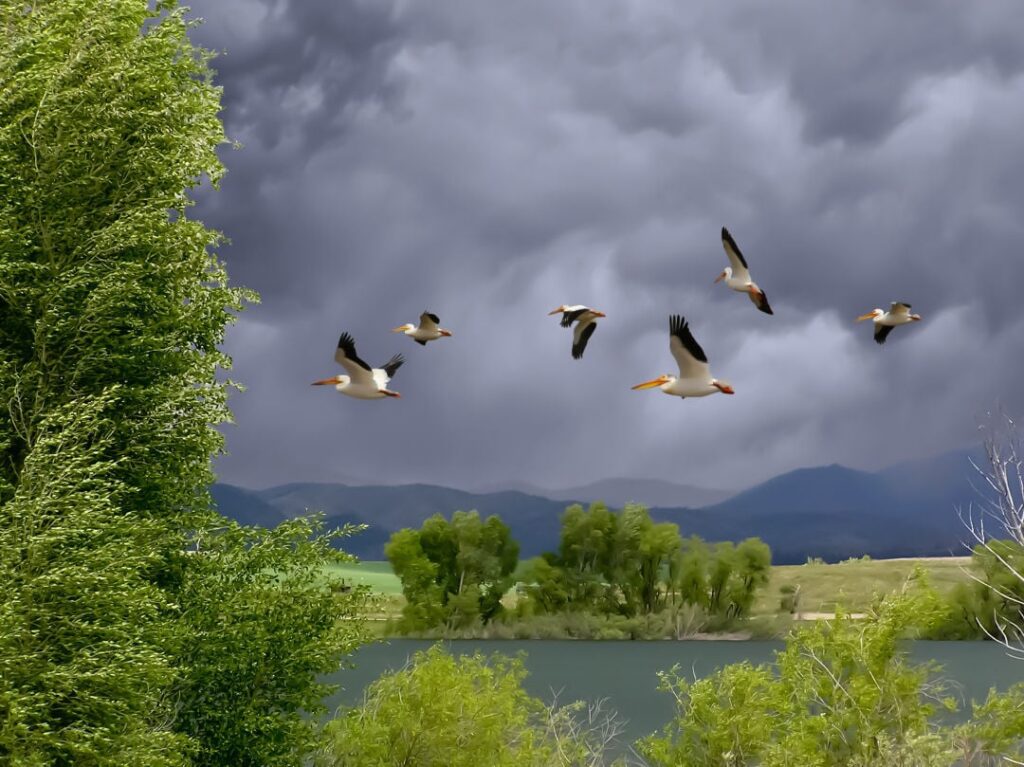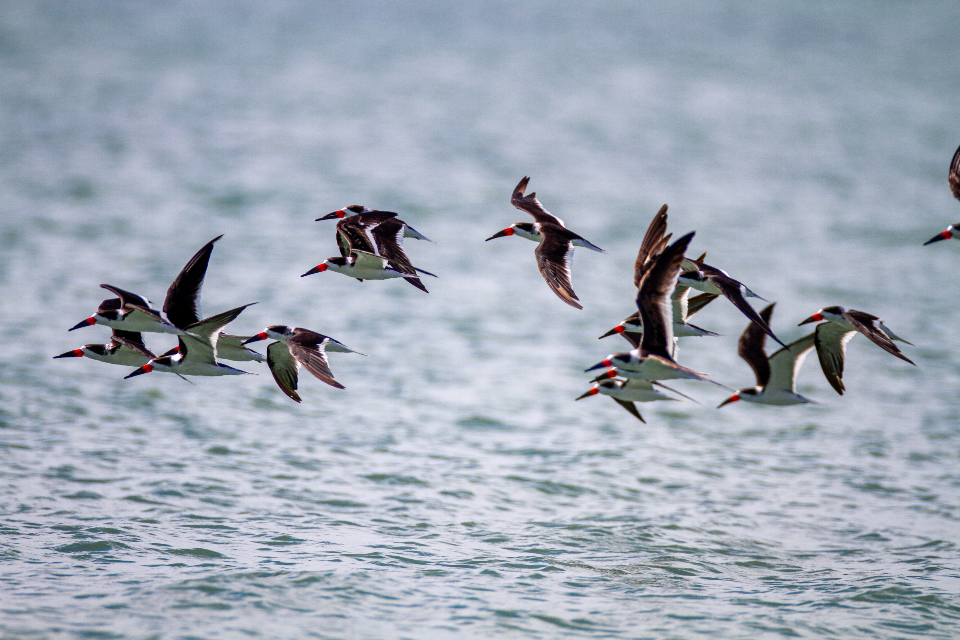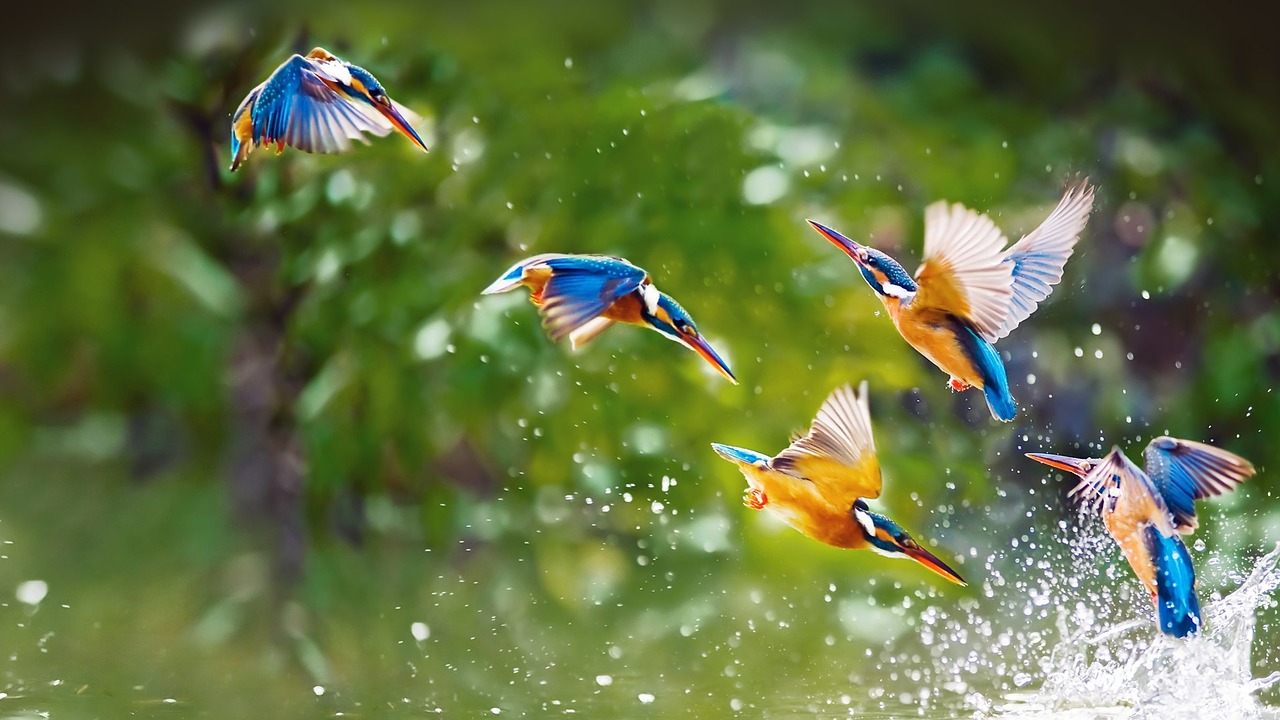New research has revealed the extensive impact of New Year’s Eve fireworks on birds, indicating that individuals can be affected up to 10 km away. An international team of researchers, utilizing data from weather radars and bird counts, demonstrated how birds respond to the commencement of fireworks, identifying the distance at which this reaction occurs and highlighting the species groups most affected.

Published in Frontiers in Ecology and the Environment, the study prompted a call for the establishment of significant fireworks-free zones. On New Year’s Eve, the airspace near fireworks displays sees an average of 1,000 times more birds than on regular nights, with peaks reaching 10,000 to 100,000 times the norm. While the most pronounced effects are within the first 5 km of fireworks, an elevated number of birds, at least 10 times the usual count, persists up to a distance of 10 km.
Ecologist Bart Hoekstra from the University of Amsterdam emphasized the widespread impact on various bird species in the Netherlands. Birds react by taking flight due to the abrupt onset of noise and light, affecting millions of wintering birds in the country.

Hoekstra’s study focused on identifying the bird species reacting to fireworks and the timing of their responses. Using information from Royal Netherlands Meteorological Institute weather radars and bird count data from Sovon, the Dutch Centre for Field Ornithology, he analyzed the immediate takeoff of birds at the start of fireworks, the distance at which this occurred, and the responsive species groups.
The study found that in areas around the radars in Den Helder and Herwijnen, nearly 400,000 birds took flight at the onset of New Year’s Eve fireworks. Additionally, larger birds in open areas exhibited prolonged flight patterns at notable altitudes after the fireworks display.

In response to these findings, the researchers advocate for fireworks-free zones in regions inhabited by large birds. Hoekstra suggests tailoring the size of buffer zones based on factors such as the diminished travel range of light and sound, favoring central locations in built-up areas for fireworks displays. The ultimate goal is to transition towards bird-friendly alternatives, such as soundless light shows or decorative fireworks without loud explosions, such as drone displays.



